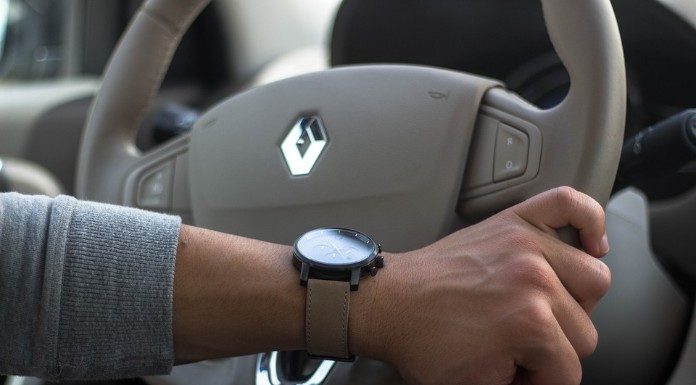The UL Hospitals Group has spent more than €8.7 million on transporting patients via taxis in the last five years.
New data shows annual expenditure in the area increased by 80 percent since 2017.
Data released to Clare FM via a Freedom of Information request shows more than €1.2 million was spent on transporting patients to or from University Hospital Limerick via taxi back in 2017.
That was across 15 different providers.
The expenditure has continued to jump since then, with €1.75 million spent in 2019, €2 million in 2020 and nearly €2.2 million last year.
One taxi provider received more than half a million euro for their services to the UL Hospitals Group in 2021.
The Group has told Clare FM that the expenditure relates to patients who are too unwell to drive or use public transport, while laboratory samples such as bloods are also transported via taxi on occasion.
They say the ‘majority’ of the money spent on services within the Midwest is for dialysis patients, with an increase notable during the pandemic due to social distancing requirements.
The Group claims taxi use ‘represents a more cost effective solution’ than an investment in a fleet of HSE-owned vehicles for the purpose.
They say using taxis in the manner they currently do allows the health service ‘flexibility’ in the face of ‘variable demand’.
Statement from the UL Hospitals Group
The majority of the expenditure on taxi services relates to transporting patients to, from and between our hospitals or other healthcare facilities.
Many of these patients are too unwell to drive or use public transport. Taxis are also used in the transportation of laboratory samples (e.g. bloods) and on occasion for the transport of patient charts/files between hospitals.
In relation to patient transport, the majority of this expenditure within UL Hospitals Group is accounted for by dialysis patients.
An increase in expenditure arose during the pandemic due to social distancing requirements where patients had to travel individually.
HSE vehicles and their staff are prioritised for urgent and emergency work and a more effective service is provided for patients who are not acutely ill through the use of taxis.
The use of taxis for patient transport represents a more cost effective solution when compared to investment in a fleet of HSE owned vehicles for this purpose. Additional costs relating to this would include the provision of 24/7 staffing, maintenance, fuel, insurance and tax.
The use of taxis also allows the HSE flexibility in the face of variable demand.









